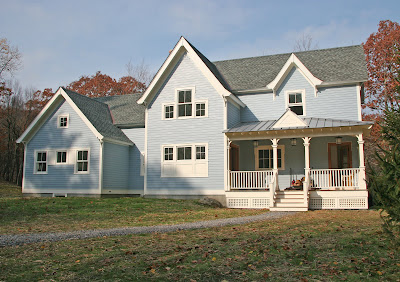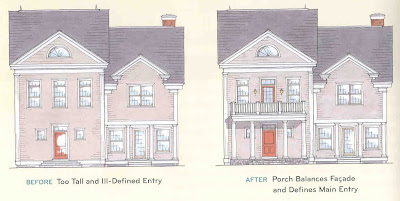Small structures on roof tops have a special place in my heart. It was to the belfry (a cupola with a bell) of a renovated 1865 school house that I took my wife Alicia on our first date. We talked about life, watched the sun set, drank a glass of wine and felt like we were on top of the world. Almost three children and 10 years later, I think that belfry must have played a part in my good fortune.

As I drive along country roads it is the cupolas I see first in the distance as they create a jagged skyline above the barns. These are small buildings in their own right perched atop of the roofs of larger buildings. In farm structures their function is mostly for ventilation and sometimes to bring light into the hay mow, but no one can deny that they were put up with thought and care. When you see a cupola atop a barn on a rural road you should look at it very carefully. Often it is the one place where the builders 200 years ago had the opportunity to showcase their design and detailing ability. The barn itself usually needed to be put up quickly and simply so the farm could continue to function. The cupola on the other hand is where time was spent working on the details and having some fun.
The role of the cupola on the roof of the American homes is long and varied. Some of my favorite lanterns(cupolas that bring light into the interior) are on Greek Revival and Victorian homes in the Hudson Valley. Early home designers used cupolas the same way we use them today. They used them to ventilate attics, to bring light into an interior space. They made covered rooms to view the world or protect their precious bell, and used cupolas simply as decoration for their rooftops. When cupolas are designed and placed properly, it is hard to imagine the larger buildings without them.
Lanterns not only bring light into homes, but also give off a warm glow on snowy winter nights that feel like beacons guiding us home.
From the Oxford English Dictionary
Cupola: A rounded dome forming or adorning a roof or ceiling.
Belfry: The place in a bell tower or steeple in which bells are housed.
Lantern: A square, curved, or polygonal structure on the top of a dome or a room, with glazed or open sides.











